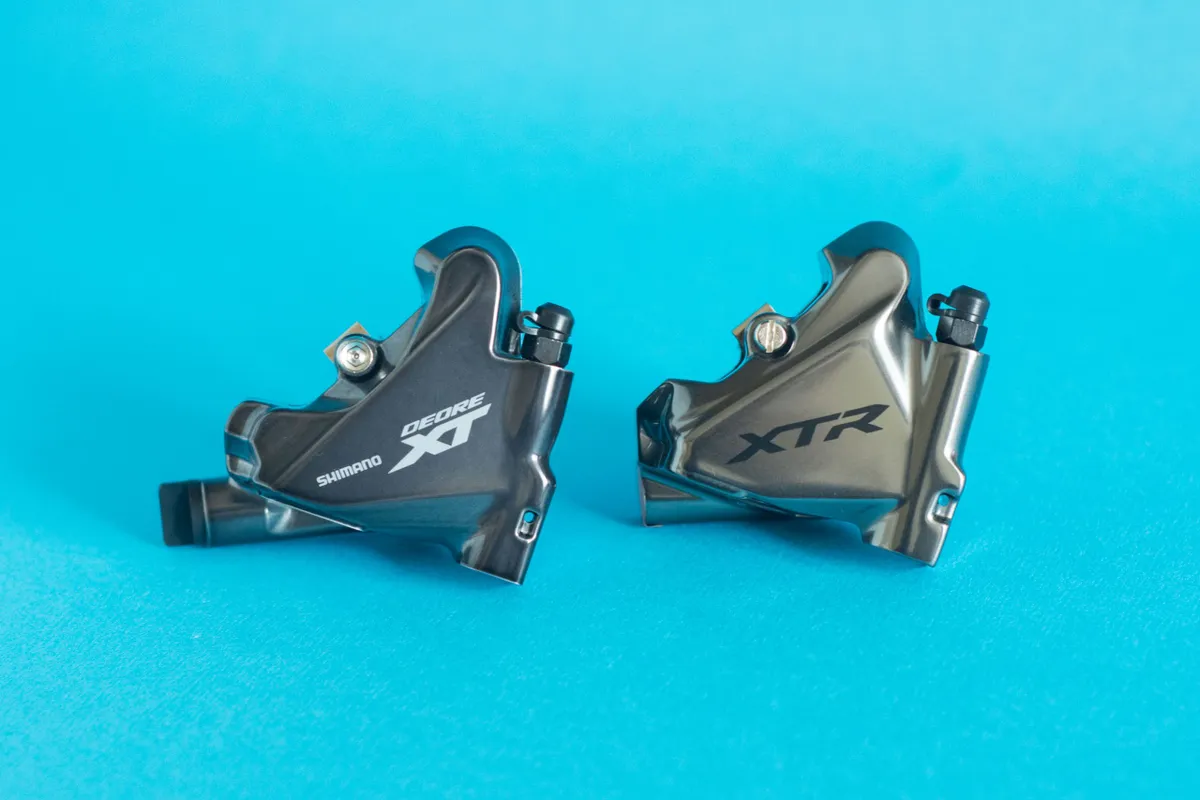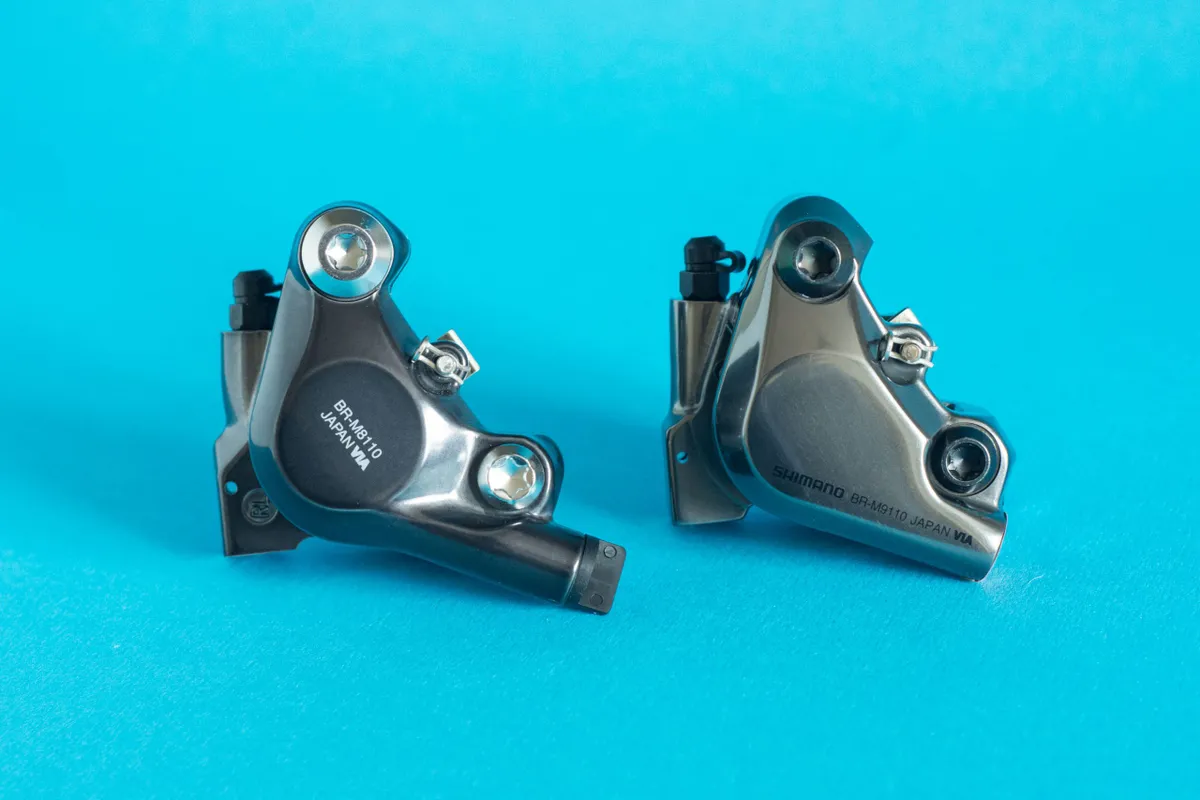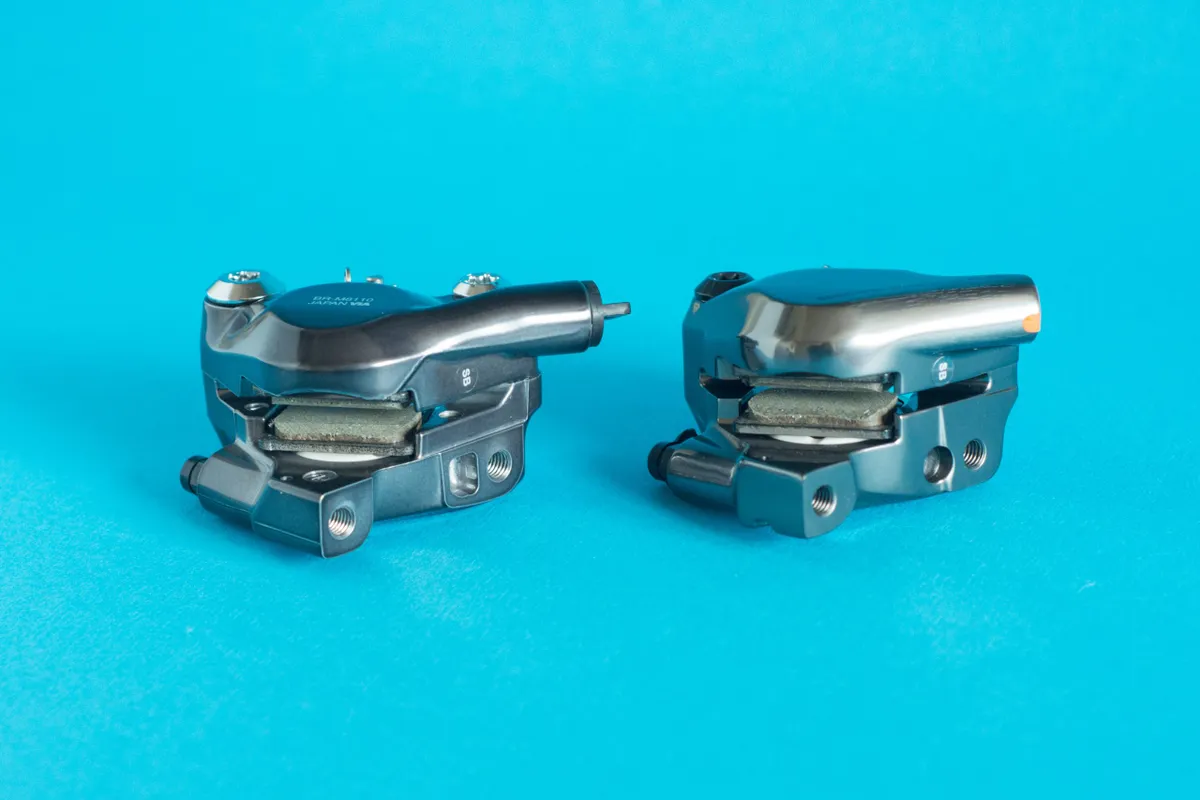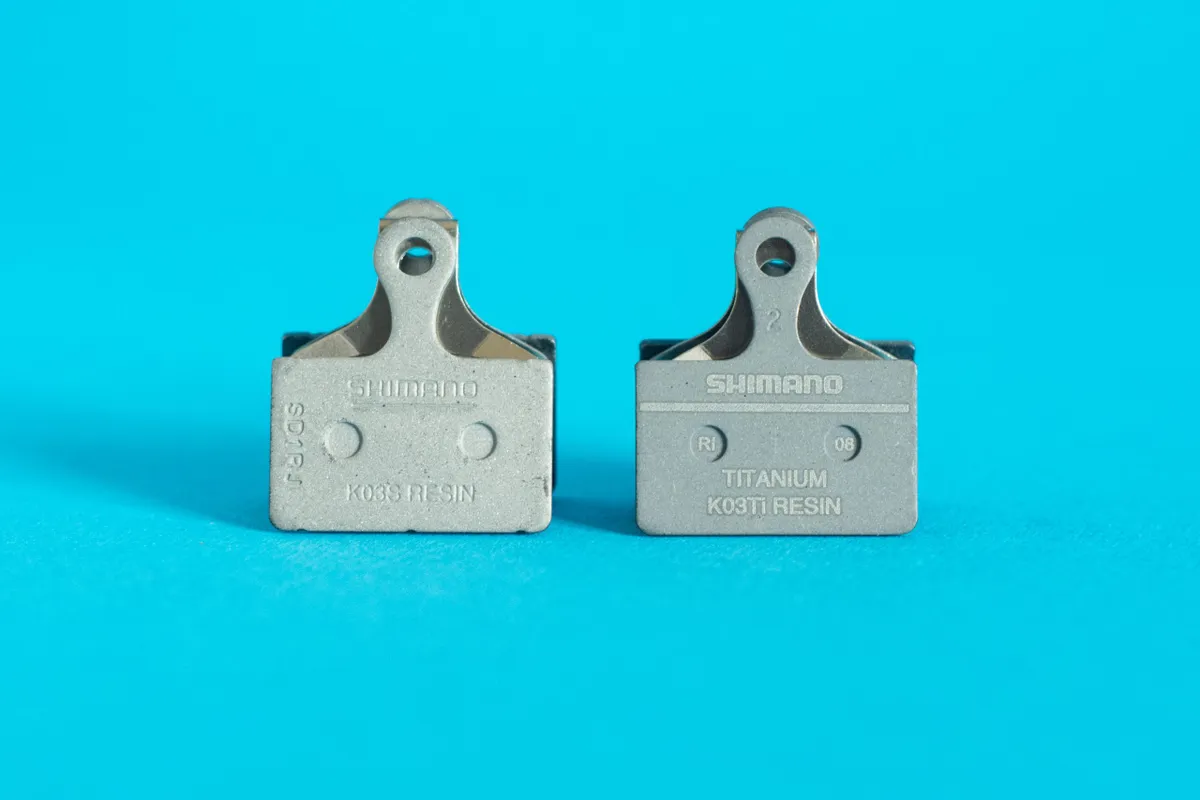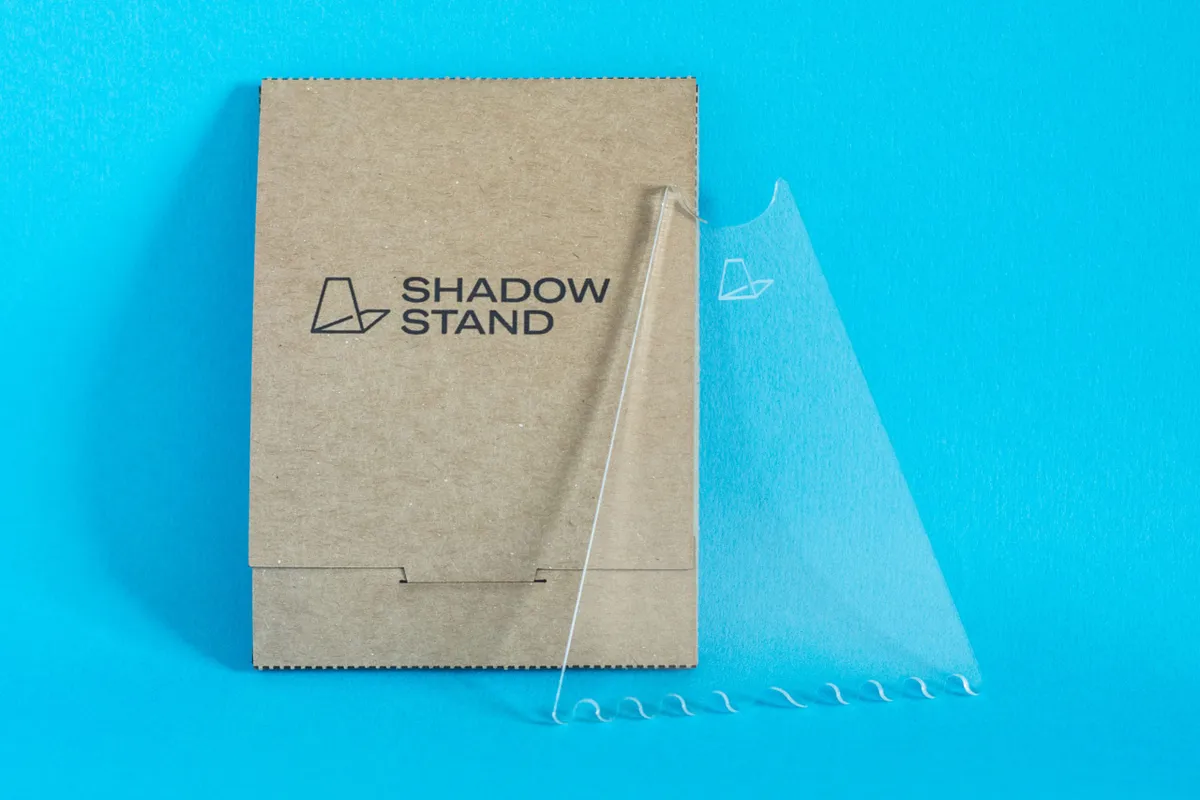Another week, another grain of sand buried in the merciless hourglass of mortality. It’s First Look Friday!
This week we’ve gawped at a Specialized Roubaix Pro with a choice SRAM Force eTap AXS build and covered a new addition to the ever-growing range of tubeless road tyres on the market.
We published our review of the latest Canyon Endurace WMN CF SL Disc 8.0 Di2 and, in case you missed it at the end of last week, Ridley blew our minds with the extraordinary Kanzo Fast gravel bike that combines a rear hub gear with a 1× drivetrain to give you 22 gears with no front derailleur.
Meanwhile, Strava updated its Goals feature, Canyon refreshed the Exceed hardtail range and we took a look at a 5.4kg disc road bike from AX-Lightness that’s designed to be suitable for everyday riding.
Shimano flat-mount XT and XTR MTB brakes
Flat-mount brakes first appeared on the scene six years ago as a new standard aimed specifically at disc road bikes.
They promised a cleaner, more compact design than post or IS mounts along with hidden mounting hardware (well, sort of…) and, in some cases, easier access to the bolts.
Within a short space of time they took over as the dominant standard, with post mounts virtually disappearing from the road altogether.
Fast forward a few years and flat-mount calipers started appearing in the rear triangles of XC mountain bikes including the likes of the Canyon Lux launched in 2018 and the recently updated Orbea Oiz.
Until recently, Shimano didn’t actually include dedicated flat-mount mountain bike brakes in its range, but that changed a few months ago with the launch of calipers at XTR, XT and SLX levels.
The XTR (BR-M9110) version is designed for 140mm and 160mm rotors and weighs 103g with pads on our scales. The XT (BR-M8110) model accepts 140mm, 160mm and 180mm rotors and comes in at 120g.
Both calipers came supplied with resin, non-finned brake pads, and the XTR version is titanium-backed for maximum bling (or minimum weight, more likely).
Unless you’re building up a bike from a frameset, these calipers probably won’t seem that significant, but the fact that Shimano has produced groupset-matching options at multiple levels suggests flat-mount MTB brakes are only going to become more common.
Fizik Antares Versus Evo R1 Adaptive 3D printed saddle
Fizik first showed off a 3D-printed saddle last year, naming the curious honeycomb-like construction of the upper ‘Adaptive’.
Where previously saddles targeted support and squish using strategically-placed foams of different densities, 3D-printing promises total control of the design, giving the designers endless latitude in tweaking fit and comfort.
Following the original white proof-of-concept saddle, Fizik now has two black production models, the Antares Versus Evo R1 Adaptive with carbon rails and the R3 with ‘Kium’ metal rails.
We’ve got the former here, and it looks pretty extraordinary, with a totally open upper construction that trypophobics may find upsetting and which Fizik describes as “offering seamlessly engineered zonal cushioning”.
You can actually feel the variation in squish by compressing the upper with your thumb at different points. The area where you’d expect your sit bones to rest is quite firm, for example, while the rearmost part of the upper is much softer.
The Antares’s shell is carbon-reinforced nylon and, as you’d hope, the whole thing is pretty light – 171g on our scales for a 139mm wide saddle. Fizik also offers a wider 149mm option.
Fizik isn’t the only saddle brand doing 3D-printing, Specialized recently got in the game too.
At the moment, both brands are using the technology as part of conventional mass manufacturing, but it’s not hard to imagine a future where 3D-printing might be employed to produce truly bespoke saddles based on individual riders’ physiology. How cool would that be?
- Antares Versus Evo R1 Adaptive: £299.99 / $299.99 / €299
- Antares Versus Evo R3 Adaptive: £249.99 / $249.99 / €249
- Buy now from Fizik
Silca Mattone seat pack
Once derided as not being “pro”, it’s never been more fashionable to attach luggage to bikes.
The Mattone (that’s “brick” in Italian) is a compact seat pack designed to hold your essentials.
Measuring roughly 12.5 × 9 × 5cm and weighing 85g on our scales, it has a nominal capacity of 0.61l and is sized to hold an inner tube, a CO2 inflater and a tyre lever.
There’s also a handy internal flap to take your ID, credit card or cash, while water-resistant construction (including the zipper) will hopefully keep everything dry.
A wide Hypalon (synthetic rubber) strap wraps around your saddle rails and, as on Silca’s Seat Roll Premio and Seat Capsule Premio, it’s cinched down using a Boa adjuster of the kind more commonly found on cycling shoes.
That means no Velcro to snag on clothing, and quick adjustments to ensure it’s sitting just so.
- £45 / $46 / €55
ShadowStand portable bike stand
Do you live for the perfect Instagram photo of your bike? Are you frustrated by your inability to capture both the view and your beloved bicycle in a harmonious composition that juxtaposes the beauty of cycling with the mechanical splendour of humankind’s greatest invention? Do you really, really hate sticks?
If you answered “yes” to any of those question, the ShadowStand might be for you.
Consisting of a simple triangle of recycled acrylic with some strategic cut-outs, the ShadowStand is a highly portable bike posing device that fits in your jersey pocket.
It weighs just 16g on our scales and, with careful positioning of your crank arm, it holds your bike up for photos, with the pedal axle (or body) resting in the apex of the triangle.
Initial experiments suggest this works pretty well, although not on every bike – this Merida, for example, sits ever so slightly too high on its chunky tyres to feel secure.
Incidentally, the instructions supplied with the ShadowStand do caution against using it when it's windy, and it’s not hard to see why.
The risk of blowing over aside, there is one obvious downside to the concept, you can’t position your cranks in the more conventional photo orientations, i.e. either horizontal or inline with the chainstays.
Nevertheless, it’s gratifying the way it virtually disappears in photos.
- £15 including tracked delivery
- Buy now from ShadowStand
